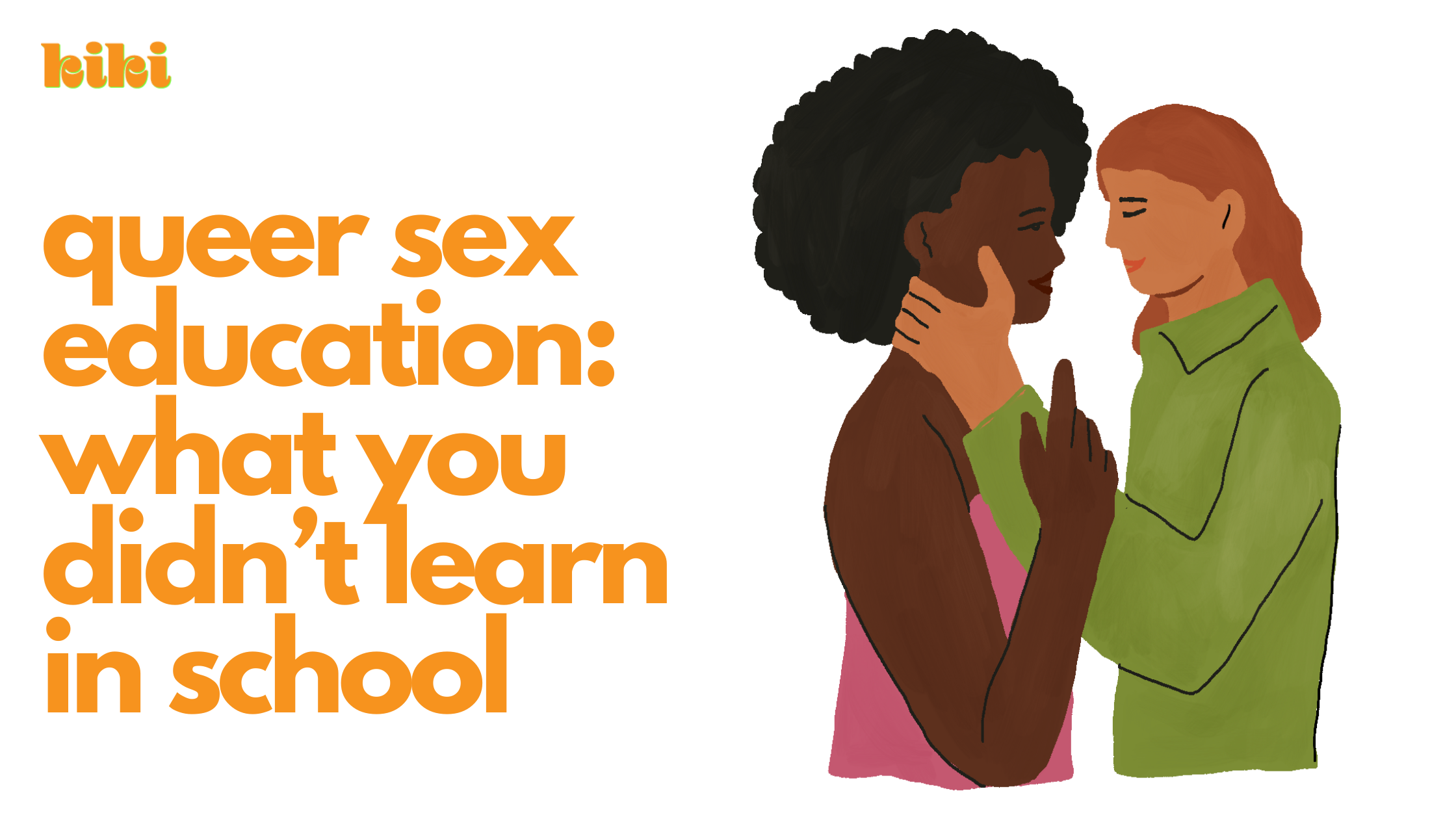Sex education is a crucial part of growing up and navigating our sexuality. However, traditional sex education typically only covers cisgender, heterosexual relationships, leaving out vital information for those who identify as queer. Queer sex education is a necessary addition to traditional sex education, providing important information for people who identify as part of the LGBTQIA+ community.
In this post, we’ll explore what queer sex education is, why it’s necessary, and what you didn’t learn in school.
What is Queer Sex Education?
Queer sex education is an inclusive and comprehensive approach to sex education that covers a wide range of topics related to the LGBTQIA+ community.
This type of education provides information and resources for folks who identify as lesbian, gay, bisexual, transgender, queer, questioning, intersex, asexual, and more. Queer sex education can cover topics such as consent, safer sex practices, gender identity and expression, and healthy relationships.
Why is Queer Sex Education Necessary?
Traditional sex education focuses on cisgender, heterosexual relationships, which leaves out important information for those who identify as queer. This exclusion can be harmful, as folks who identify as queer may feel left out, confused, or unsupported. Queer sex education is necessary to provide information and resources that are inclusive and relevant to the experiences of the LGBTQIA+ community. Additionally, a more comprehensive education about sex and pleasure is useful to all people, as it breaks down rigid heteropatriarchal sexual scripts.
What You Didn’t Learn in School
Understanding Gender and Sexuality
Traditional sex education typically follows a binary view of gender and sexuality, where folks are either male or female and always heterosexual. This view excludes people who do not fit within these binary categories. Queer sex education provides a more comprehensive understanding of gender and sexuality, recognizing that gender and sexuality exist on a spectrum. This education includes information about non-binary genders, gender expression, and the different types of attraction, including romantic, sexual, and aesthetic attraction.
Consent
Consent is a crucial part of any sexual encounter, but traditional sex education often fails to provide a comprehensive understanding of what consent is and how to communicate it. A lot of the time, people socialized as girls receive the message “don’t get assaulted” instead of people of all genders receiving information about what positive consent and communication looks like. Comprehensive sex education provides information about affirmative consent, where people actively communicate their consent to a sexual encounter, and recognizes that consent can be withdrawn at any time.
Safer Sex Practices
Traditional sex education typically focuses on preventing pregnancy and protecting against sexually transmitted infections (STIs) through the use of condoms and other forms of contraception. Queer sex education expands on this information by recognizing that not all sexual encounters involve penetrative sex and that there are additional safer sex practices to consider. For example, queer sex education may cover topics such as dental dams, gloves, and how to practice safer sex during anal play.
Healthy Relationships
Traditional sex education often leaves out information about healthy relationships, focusing solely on the physical aspects of sex. Comprehensive sex education recognizes that relationships involve emotional and mental aspects as well and provides information about what healthy relationships look like. This education may cover topics such as communication, setting boundaries, and recognizing the signs of an unhealthy relationship.
Understanding and Navigating Discrimination
Queer people may face discrimination and stigma, which can impact their mental and physical health. Queer sex education provides information about how to recognize and navigate discrimination, including how to access support and resources. This education may also cover topics such as how to advocate for yourself and others and how to challenge discriminatory beliefs and behaviors.
The Bottom Line
Queer sex education is a necessary addition to traditional sex education, providing important information for queer people. This education includes a comprehensive understanding of gender and sexuality, information about affirmative consent and safer sex practices, and how to navigate discrimination. By including queer sex education in our schools and communities, we can create a more inclusive and supportive environment for folks who identify as queer.
However, it’s important to note that queer sex education shouldn’t solely be the responsibility of schools and educators. Parents and caregivers also have a crucial role to play in providing information and support to their children. It’s essential to create an open and accepting environment where children can feel comfortable asking questions and discussing their sexuality and gender identity.
It’s essential to create an environment that is accepting and supportive of all people regardless of their gender identity or sexual orientation. By providing comprehensive and inclusive sex education, we can empower everyone to make informed decisions about their sexuality and lead healthy, fulfilling lives.
